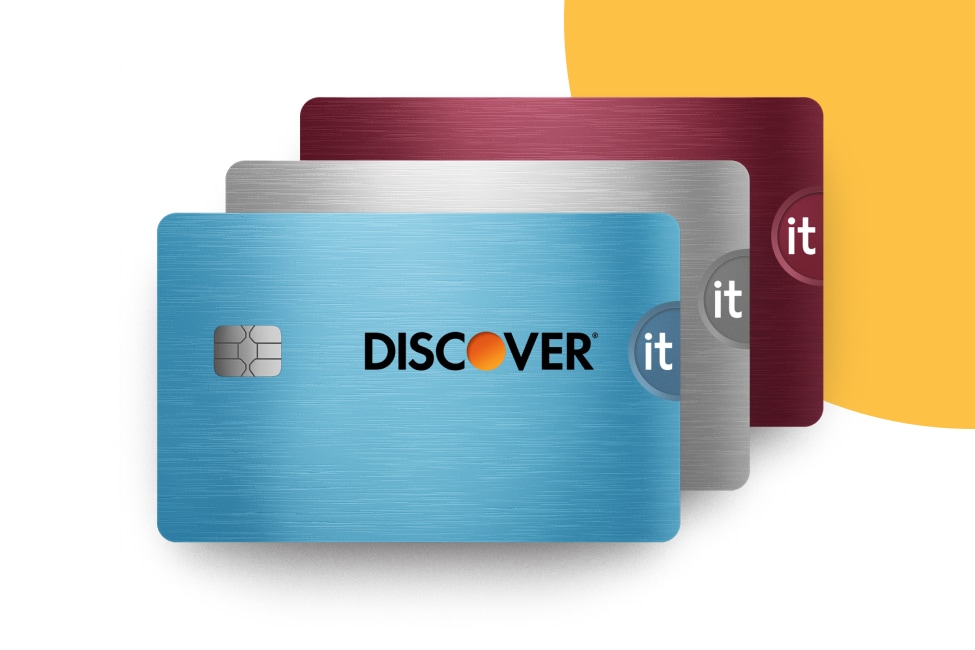Some credit cards offer rewards programs that can help you earn cash back on your everyday purchases, like gas or lunch. A balance transfer credit card with rewards that line up with your shopping habits may make a good everyday card after you’ve repaid your debt.
For example, you can earn cash back rewards on every eligible purchase with a cash back credit card. Consider how you spend to compare rewards programs. A card like the Discover it® Cash Back Credit Card might be a great fit for a wide variety of purchases.
The Discover® it Card lets you earn 5% cash back on everyday purchases at different places you shop each quarter like grocery stores, restaurants, gas stations, and more, up to the quarterly maximum when you activate. Plus, you earn unlimited 1% cash back on all other purchases—automatically.








